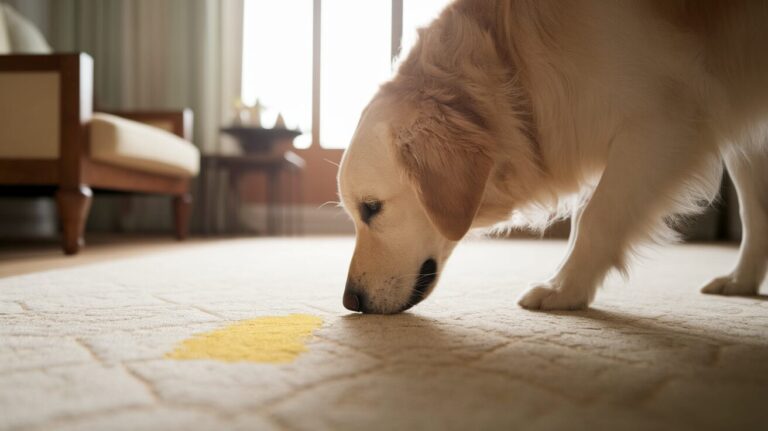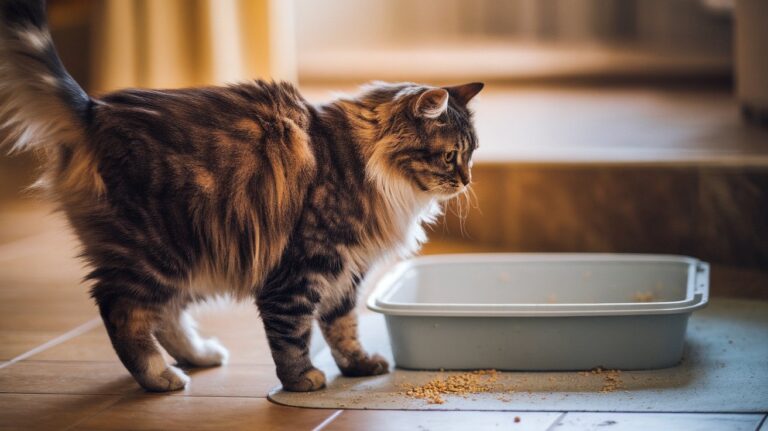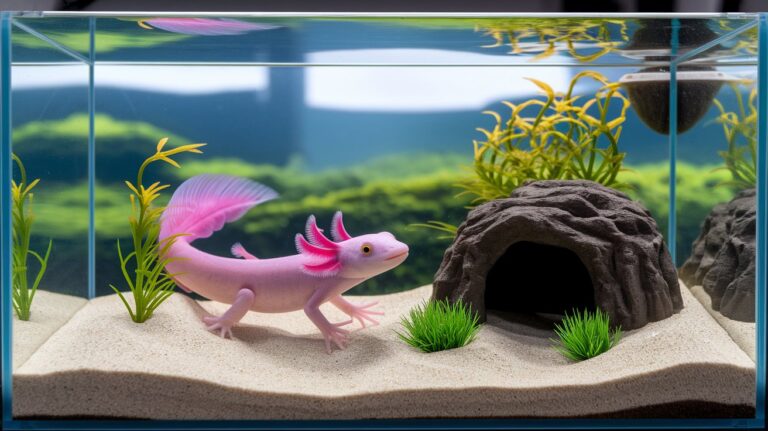Why Is My Dog Vomiting Yellow Foam? 5 Common Causes Explained
It was early one morning when I woke up to a concerning sound: my dog, Leo, was throwing up yellow foam. As any pet parent would be, I was immediately worried. What could this mean? Was Leo seriously ill, or was it something minor?
After quickly contacting my veterinarian and doing some in-depth research, I learned that dogs vomiting yellow foam is usually related to bile—a digestive fluid that becomes irritating if the stomach is empty for too long. Here’s what I discovered about why dogs vomit yellow foam, and what you can do about it.
What Exactly Is the Yellow Foam?
When your dog vomits yellow foam, it’s usually bile, a digestive fluid produced in the liver and stored in the gallbladder. Normally, bile helps break down fats during digestion. But if there’s no food in your dog’s stomach, this bile can irritate their stomach lining, causing them to throw it up.
5 Common Reasons Your Dog is Vomiting Yellow Foam
1. Empty Stomach (Bilious Vomiting Syndrome)
The most common reason dogs vomit yellow foam is because their stomach is empty. Leo used to skip meals occasionally when she felt anxious or wasn’t feeling great. I noticed she would vomit yellow foam early in the morning. Our vet explained it was Bilious Vomiting Syndrome.
Practical Tip: Give your dog a small meal or snack late at night or first thing in the morning.
2. Dietary Changes or Indiscretions
Another common issue is sudden changes in diet or your dog eating something they shouldn’t. One time, Leo decided a trash adventure was a good idea—spoiler alert, it wasn’t. Her stomach reacted by vomiting yellow foam later that day.
Practical Tip: Always transition your dog’s food gradually and keep harmful foods or trash securely out of reach.
3. Gastrointestinal Issues
Gastrointestinal issues such as gastritis or pancreatitis can cause repeated vomiting. My friend’s dog, Max, had pancreatitis, and the vet explained it often results from eating fatty foods. He needed veterinary intervention and dietary adjustments.
Practical Tip: If your dog vomits regularly or shows other symptoms like lethargy or diarrhea, consult your veterinarian immediately.
4. Ingestion of Toxins
Dogs are naturally curious and sometimes ingest harmful substances like toxic plants, cleaning products, or even chocolate. Leo once got into some cleaning supplies, and I rushed her to the vet. Thankfully, she was okay, but immediate action was crucial.
Practical Tip: Keep toxic substances stored safely away from pets, and contact a vet right away if you suspect poisoning.
5. Stress and Anxiety
Believe it or not, dogs can also vomit yellow foam due to stress. Moving houses, loud noises, or being left alone for too long can cause anxiety-induced vomiting. Leo used to experience this during thunderstorms.
Practical Tip: Create a safe and calming environment. Consider anxiety-relief products or consult your vet for further advice.
When to See Your Vet
If your dog vomits occasionally but seems healthy otherwise, it’s usually not a serious concern. But regular vomiting, especially accompanied by other symptoms, warrants veterinary attention. Trust your instincts; you know your dog best!
FAQ
Why is my dog vomiting yellow foam in the morning? This is typically due to an empty stomach causing bile irritation. Try giving a small meal before bedtime.
Is vomiting yellow foam serious? Occasional vomiting isn’t usually serious, but frequent or chronic vomiting can indicate health issues requiring veterinary care.
How can I prevent my dog from vomiting yellow foam? Maintain regular feeding schedules, avoid rapid dietary changes, keep harmful substances away, and manage your dog’s stress levels.
As pet parents, it’s our job to keep our furry family members healthy. I learned the importance of paying attention to these signals early on. Have you had similar experiences? Share them in the comments—I’d love to hear your stories!







